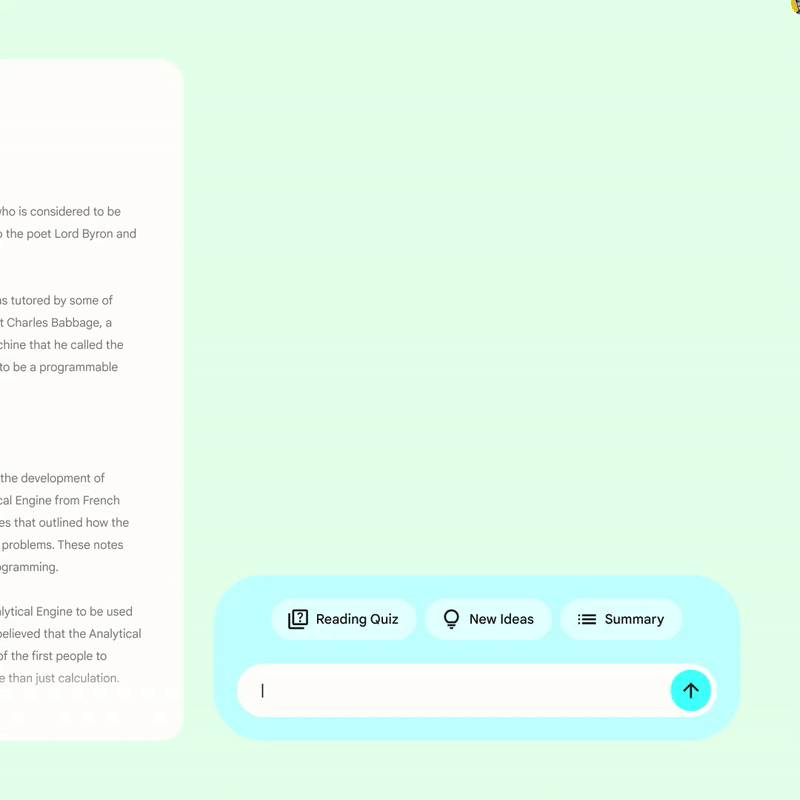With Project Tailwind, Google is using AI to make note-taking smarter
Google's building an AI-powered notebook tool called Project Tailwind, the company revealed at its I/O developer conference. The goal, Google says, is to take a user's freeform notes and automatically organize and summarize them.
To use Tailwind -- which is available through Labs, Google's refreshed hub for experimental products -- users pick files from Google Drive. Tailwind then creates a private AI model with expertise in that information, along with a personalized interface designed to help sift through the notes and docs.
The Verge's James Vincent points out that it's not a new idea. Note-taking app Notion recently launched an AI component to automatically write blog posts, job descriptions and more in a user's style. Elsewhere, the open source community is training leaked language models on the contents of their Google Drive.
But Tailwind also serves as a demo for PaLM 2, the successor to Google's PaLM large language model for understanding and generating multilingual text. Many of Tailwind's features are powered by PaLM 2 through a newly launched API.

Image Credits: Google
Tailwind can generate a study guide, for example, highlighting key concepts and suggesting questions or even creating a reading comprehension quiz. The tool can also answer natural language questions about the notes, citing all of its sources within the docs.
Who's Tailwind for? That's a good question. Google itself doesn't appear to know -- during a demo onstage, Josh Woodward, a senior director of product management at Google, rattled off a list of potential groups, including college students, writers researching an article, analysts going through earnings calls and lawyers reviewing a case.
Hence the preview, it seems. Tailwind in its current form might not become a fully fledged product -- Woodward said it came together in a matter of weeks -- but you can be sure Google intends to watch how it's used to inform its future projects.
The waitlist for “Project Tailwind” is open now to U.S.-based users.



